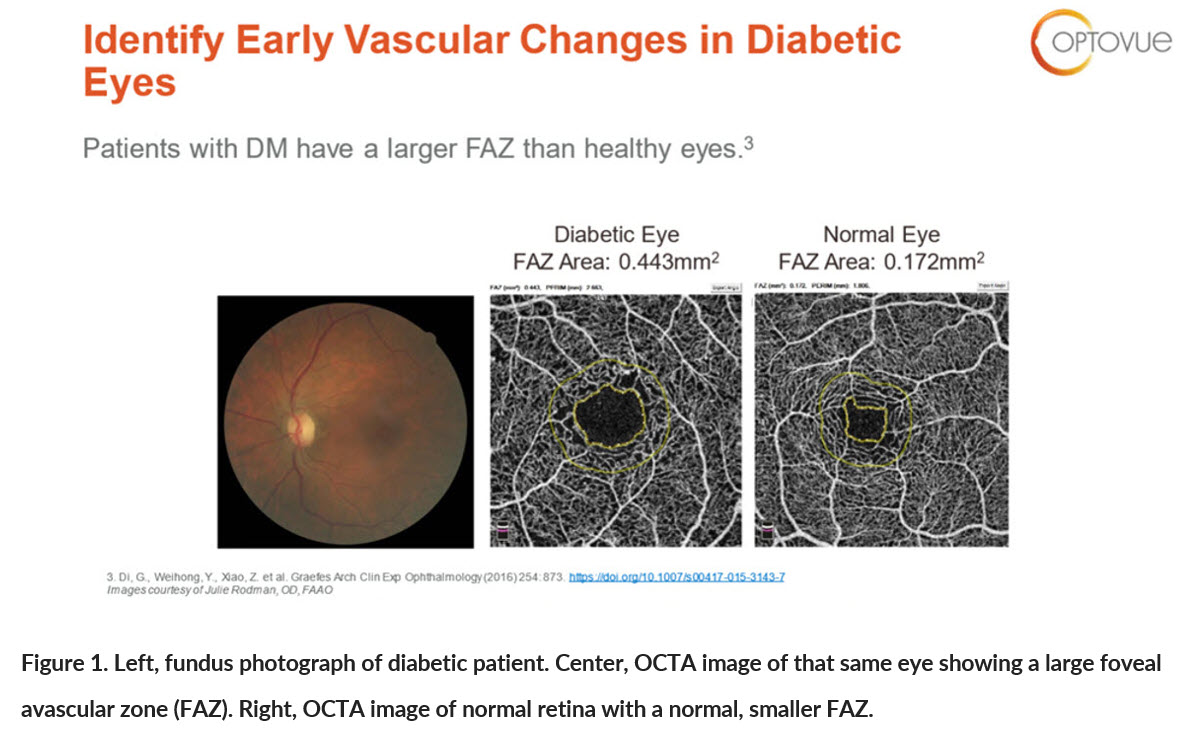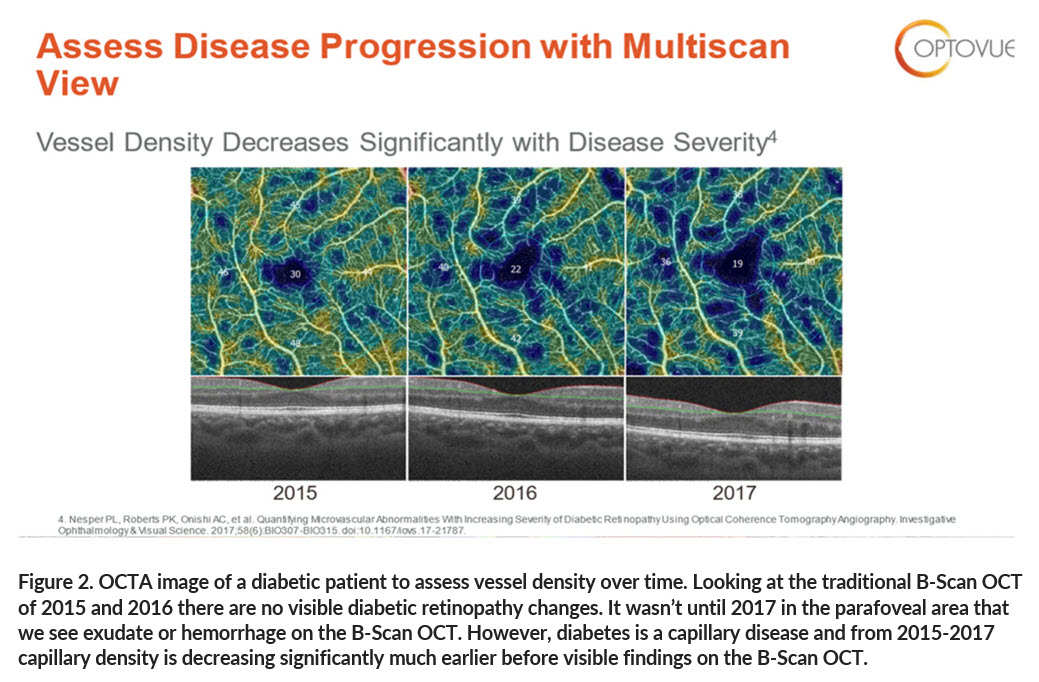By Ronald P. Snyder, OD, FAAO

April 19, 2023
Cementing strong relationships with primary care providers (PCPs) requires proactively introducing yourself, using a clinical outcomes registry to track the results of your care and using Direct Secure Messaging. To take it one big step further, you can bring images with you on your visit with PCPs that demonstrate the advanced technology in your office and the high level of care you are able to deliver.
Use Clinical Outcomes Registry
To develop long-lasting relationships with PCPs, it is essential that you utilize a clinical outcomes registry to track the patients’ risk of developing a diabetic retinopathy and the effect of the care that you provide. By utilizing this technology and information, you will not only change your relationship with your diabetic patients, it will help cement a lasting relationship with the PCP and endocrinologists. The result of your conversations and interactions will, most assuredly, increase referrals.
Other Articles to Explore
Show PCPs Evidence of What You Can Do
When visiting PCPs’ offices to introduce yourself, there’s one essential thing you should remember to take with you.
When you visit the practice of a PCP, I recommend that you take along laminated OCTA photos of the foveal avascular zone (FAZ) to demonstrate how you identify early vascular changes in the diabetic eye. Explain that these images can detect microvascular changes in the retina of a diabetic patient up to two years before retinopathy can be detected via photography or ophthalmoscopy.
When you are able to report OCTA results, in combination with registry data to determine the HbA1C risk assessment to the patient’s PCP, as well as to the patient, you have now given the PCP and the patient information to take control of their blood sugar in a way that provides direct feedback on how effective their efforts are in reducing their risk. Be sure to leave the laminated OTCA photos with the PCP.
In summary, it is important that you begin using Direct Secure Messaging to communicate your diabetic report to the PCPs in your community. All of medicine has already moved into healthcare reform. Isn’t it time for your practice to start utilizing a registry in order to join the rest of medicine?
If your office has an OCTA, print out the following images from your instrument to show PCPs that you have instrumentation that allows you to thoroughly monitor their patients’ eye health.


 Ronald P. Snyder, OD, FAAO, is the president and CEO of HealthCare Registries, LLC. To contact him: RonSnyder@HealthCareRegistries.com
Ronald P. Snyder, OD, FAAO, is the president and CEO of HealthCare Registries, LLC. To contact him: RonSnyder@HealthCareRegistries.com

























